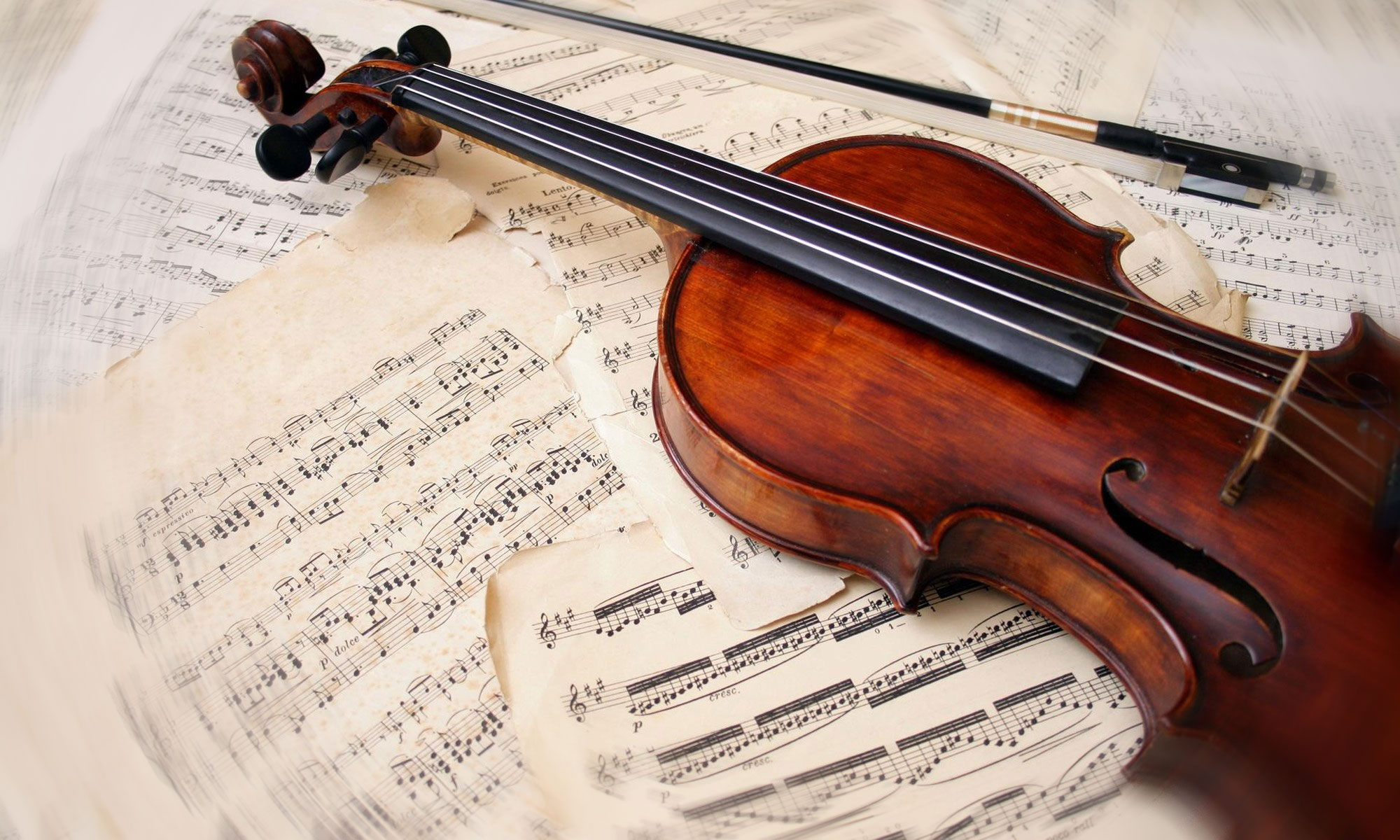“There’s not a shred of evidence on the internet that this band has ever existed”: This apparently AI-generated artist is racking up hundreds of thousands of Spotify streams

There’s nothing behind the eyes(Image credit: Velvet Sundown)
AI-powered music generators Suno and Udio have been churning out soulless slop for almost two years now, but it seems that AI-generated songs have largely failed to capture the public’s imagination in the way that many of the technology’s critics had feared.
A handful of AI-made tracks have broken through to the mainstream: in 2023, a controversial ‘fake Drake’ song with deepfake vocals picked up millions of streams before being taken down, and more recently, an unsavoury AI-generated track made it into Germany’s charts, stirring up tensions for an entirely different reason.
But, on the whole, the top tier of the music industry has yet to be infiltrated by tracks produced by platforms like Suno, which generate complete songs based on text prompts at the click of a button. That’s not to say that AI-generated music isn’t being listened to, however, as a report from Music Ally has made clear.
Though they’re not yet dominating the charts, disturbingly realistic AI songs are slowly but surely creeping into our headphones – and you may even be listening to them without realizing what you’re hearing. Smuggled into popular playlists and hidden in plain sight among authentic, well-known tracks, AI-generated artists with fake photos, ChatGPT-generated biographies and no genuine fans to speak of are picking up hundreds of thousands of streams.
One such artist is The Velvet Sundown, a band with almost 350,000 monthly Spotify listeners but no discernible online presence or social media accounts. (“There’s not a shred of evidence on the internet that this band has ever existed,” as one Redditor put it.) While we can’t confirm that the band’s music is AI-generated, a glance at their artist image and bio should be enough to persuade even the least skeptical observer.
“The Velvet Sundown don’t just play music — they conjure worlds,” reads the group’s Spotify profile, which we’re about 99% certain has been authored by ChatGPT. “Somewhere between the ghost of Laurel Canyon and the echo of a Berlin warehouse, this four-piece band bends time, fusing 1970s psychedelic textures with cinematic alt-pop and dreamy analog soul.”
The biography tellingly states that the band’s music “feels like a hallucination you want to stay lost in,” their live shows playing like “lucid dreams” and their albums “unfolding like lost soundtracks to films that were never made”. There’s even a seemingly bogus quote from Billboard rounding things off, claiming that the band “sound like the memory of something you never lived, and somehow make it feel real”.
The band’s line-up ostensibly features “mellotron sorcerer” Gabe Farrow, “free-spirited percussionist” Orion “Rio” Del Mar, “synth alchemist” Milo Rains and guitarist Lennie West, four musicians that turn up a grand total of zero appearances in Google search results between them.
As for the music itself, the band’s country-tinged roots-rock bears the unmistakably lo-fi veneer of a Suno creation, but is convincing enough to pass by undetected if sandwiched in a playlist between two authentic songs. In fact, that’s exactly where it’s been found.
Velvet Sundown tracks have been identified in more than 30 popular playlists created by anonymous curator accounts, and have even begun popping up in Spotify users’ Discover Weekly, personalized playlists generated by the platform’s recommendation algorithm. The band’s music has also been uploaded to Apple Music, Amazon Music, YouTube and Deezer, the latter’s AI detection tool flagging The Velvet Sundown’s music as potentially AI-generated.
Who is behind The Velvet Sundown, and how has the music made its way into playlists themed around TV soundtracks and Vietnam War-era artists, saved by more than half a million listeners?
The answer to both of these questions remains a mystery, but the band’s growing popularity confirms that of the thousands of AI-generated tracks uploaded to streaming services each day, many are gaining a foothold – and with it, taking money out of the pockets of authentic artists making real music.

